For both food professionals and avid home cooks, knowing where our food comes from has become the new gold standard. Yet for all our free-range eggs, grass-fed beef and greenmarket vegetables, this shift in consumer demand has all but ignored one of the most significant food groups in our diet: grains.
The first food we often think of as grain is wheat, yet there are countless other foodstuffs in this category. From amaranth to quinoa, corn, rye, barley, buckwheat or rice, many of us forget how diverse and nutrient-dense grains can be—and it doesn’t help that the growing gluten-free movement or popular keto diet tend to villainize this class of carbohydrates.
In communities across the United States, groups like the Colorado Grain Chain and the Noble Grain Alliance are lobbying to promote heirloom grains, a class of pre-industrial plants that promise greater nutritional benefits—and bolder flavor—than modern monocropped wheat or corn. Yet to understand the value of these heirloom grains, you have to look back at the past century of American agriculture. According to Andy Clark, current chair of the Colorado Grain Chain and owner of celebrated bakery Moxie Bread Co., the pivotal moment in modern grain production was “The Green Revolution.”


In the 1950s and sixties, spurred by growing concern over food deficits and famine in Asia and Latin America, a plant geneticist named Norman Borlaug led international efforts to produce a high-yield, disease-resistant strain of wheat. His efforts drew from both traditional plant breeding techniques and innovations in the petrochemical industry, developing synthetic chemical fertilizers and pesticides in tandem with these progressive strains of wheat. By the 1970s, Borlaug’s wheat had doubled yields in famine-ridden regions of Pakistan and India, earning the scientist a Nobel Peace Prize.
“In addition to being high-yield and disease-resistant, Borlaug’s wheat was also semi-dwarf,” Clark notes. “Some traditional wheats are prone to something called ‘lodging,’ meaning they fall over easily in wind or hail. That can make them more difficult to harvest—and they can even rot on the ground.” Alongside regions plagued with food insecurity, this semi-dwarf wheat, and the chemicals developed to boost its growth, also became popular among American farmers seeking to increase profits.
This is where the ugly underbelly of the story begins. In recent years, mass-produced commodity grains have been linked to a rise in auto-immune diseases and other inflammatory conditions. Celiac disease and gluten sensitivity, in particular, have grown exponentially in countries where Borlaug’s wheat dominated the market. As a career baker, Clark will be the first to tell you he’s not a scientist. But over the years—including stints at such name-brand bakeries as Whole Foods and Udi’s Bread—he has amassed “a mountain of anecdotal evidence” that suggests modern wheat contributes to gluten intolerance, while heirloom varieties appear to pose less problems to our digestive system and overall health.
So what exactly is an heirloom grain? “There are two labels you’ll hear—ancient and heirloom—which are very loose terms. It’s comparable to saying something is ‘natural,’” Clark explains. But generally, ancient grains are classified as remaining largely unchanged over the past several hundred years—think einkorn, freekeh, quinoa, buckwheat, millet or amaranth. Heirloom grains are more modern plants, but their seed varieties still pre-date the Green Revolution.
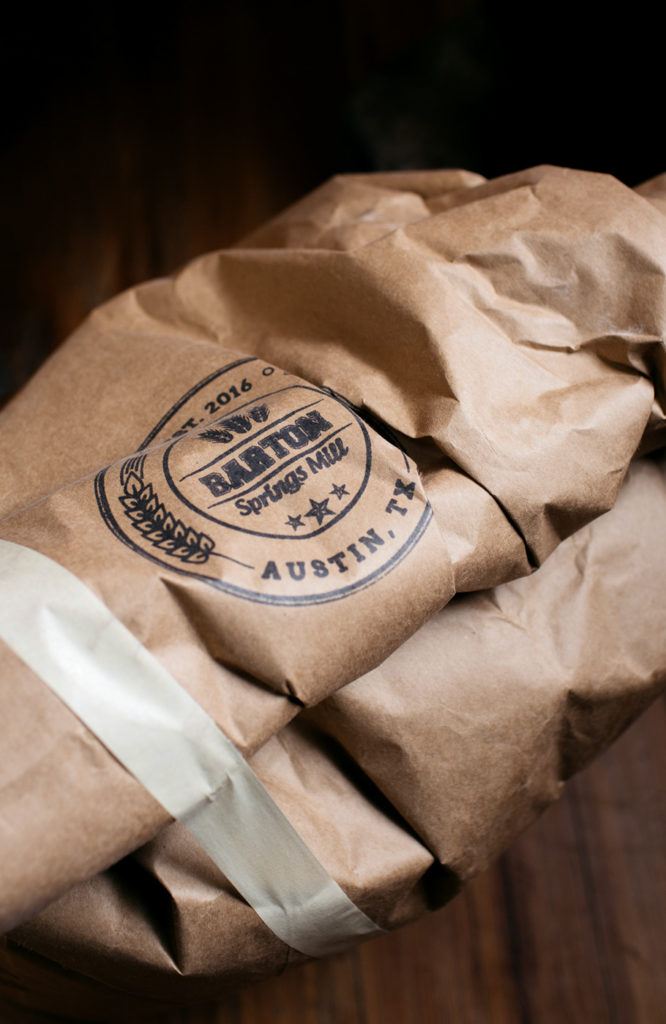
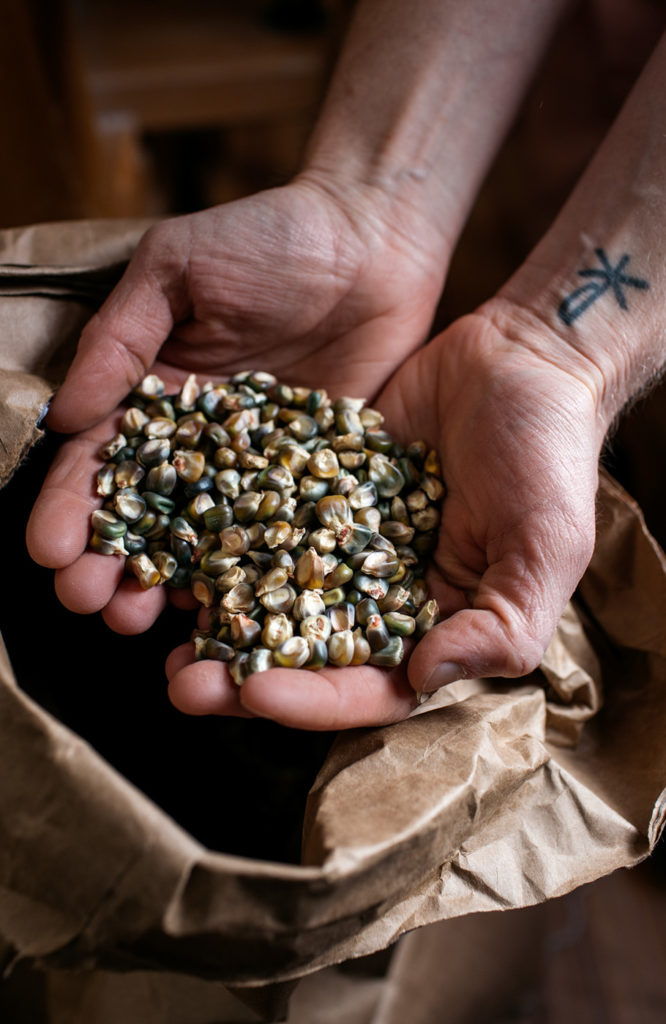
In Colorado and the nearby Kansas plains, one of the most cited heirloom grains is Turkey Red, a hearty wheat prized by bread bakers. “In the early 1900s, there was at least one (and up to four) million acres of Turkey Red planted in Kansas,” Clark recalls. “A lot of the Mennonite settlers in mid-1800s were fleeing persecution in Crimea and the Ukraine, and you hear stories of these immigrants literally stitching seeds into their clothing to bring it to America.”
Yet just ten years ago, bakers and chefs in key grain-growing regions were hard-pressed to find Turkey Red, Blue Emmer, Purple Barley, Rouge de Bourdeaux, and other colorfully named varietals. Award-winning chef Kelly Whitaker (of Boulder’s Basta and Dry Storage, as well as The Wolf’s Tailor and Brutø in Denver) has become another of the region’s outspoken proponents of reclaiming Colorado’s agricultural heritage “A lot of the state was founded on wheat, and in 1900, Turkey Red was the second best-selling wheat in Colorado,” Whitaker explains. “In Boulder County alone, there used to be twenty-five grain elevators [before 1950]. Today, there are none.”

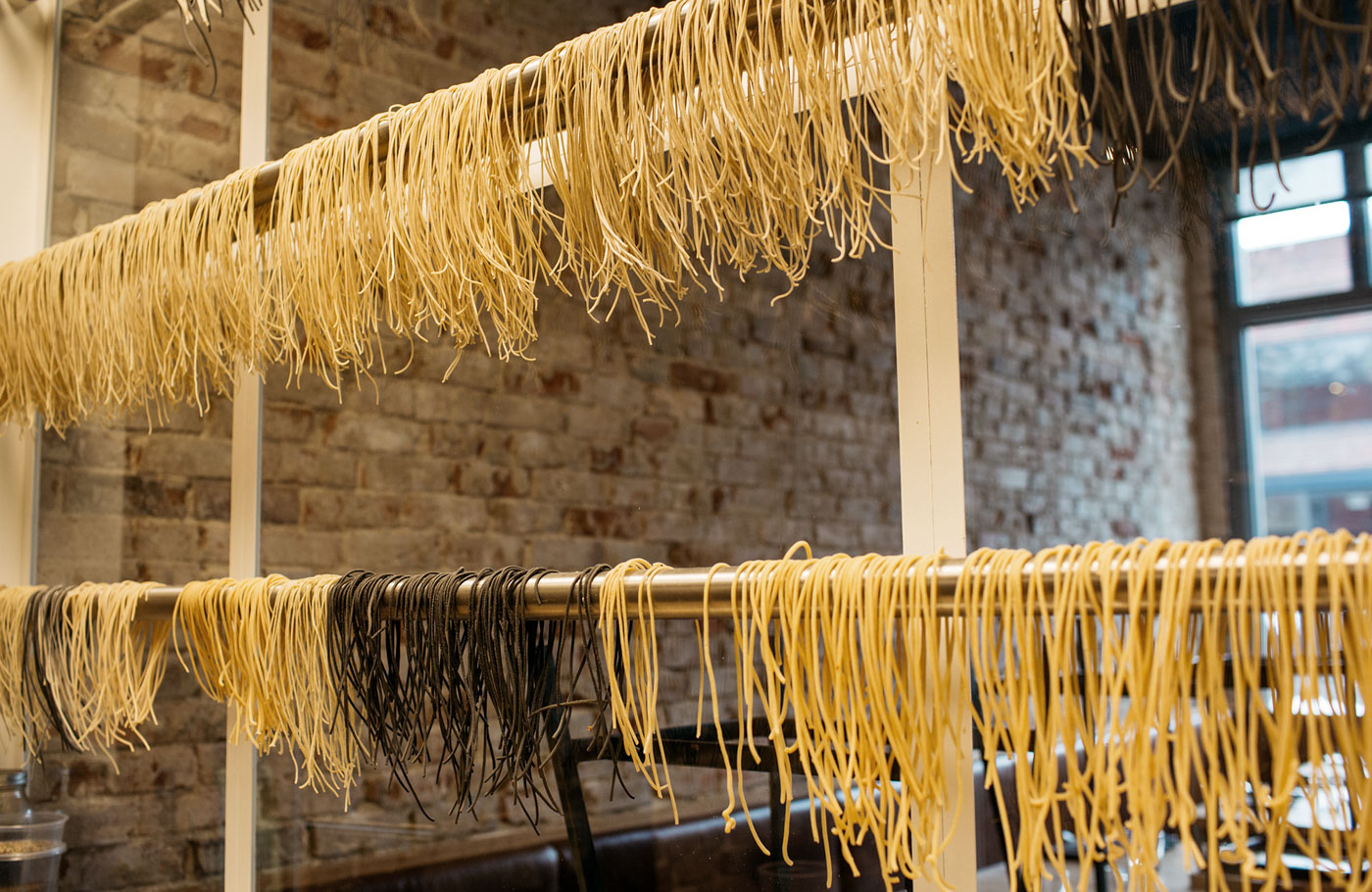
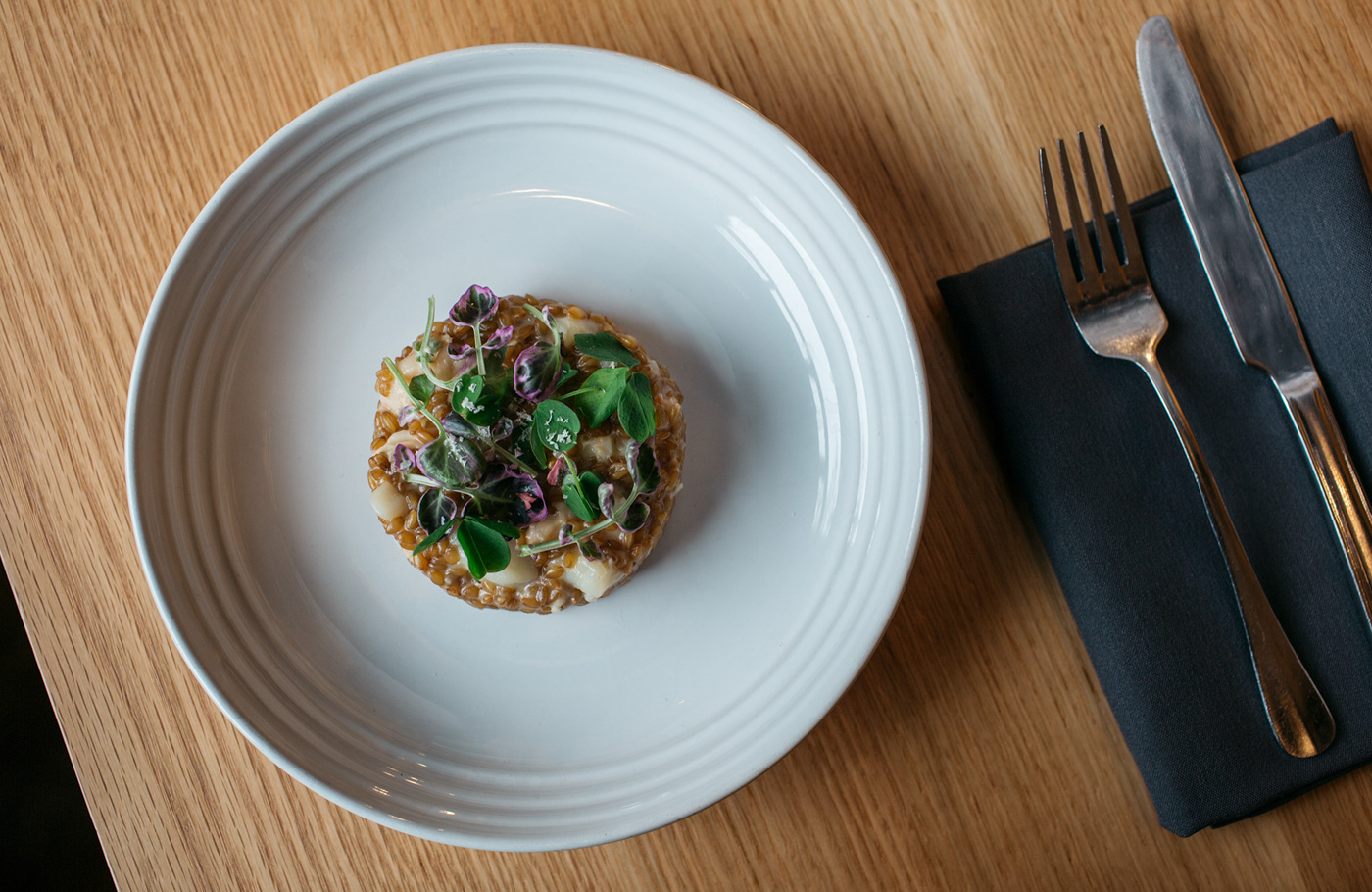
Relocating from Los Angeles to Boulder, Whitaker opened his first restaurant, Basta, in January 2010. “I remember everyone [in Boulder] was touting local and seasonal cuisine, and I was like, ‘Where?’” Transitioning from California’s year-round greenmarkets to Colorado’s high-alpine climate, he soon realized corn, farro and heirloom wheats were local products that could provide a platform for year-round creativity. “If you harvest grain in October, you can use it throughout the winter. Beyond milling for flour, you can crack grain for porridge or use it in risotto. At first I saw it as an accompaniment to, say, pork belly, but then I realized you really don’t need the pork belly.”
Another Boulder resident, Mona Esposito—also known as “The Grain Lady” and the founding chair of the Colorado Grain Chain— has partnered with grain-motivated chefs and bakers like Whitaker and Clark, in addition to galvanizing local Colorado farmers to take action. “I’ve found that farmers are ready [to grow heirloom grain], but they’re too small to share existing infrastructure with larger commercial operations. We had one grower who committed to nine acres—over one thousand pounds of wheat,” Esposito says. “But you need tens of thousands of pounds to justify [the cost of] renting the machinery available in the industry.”
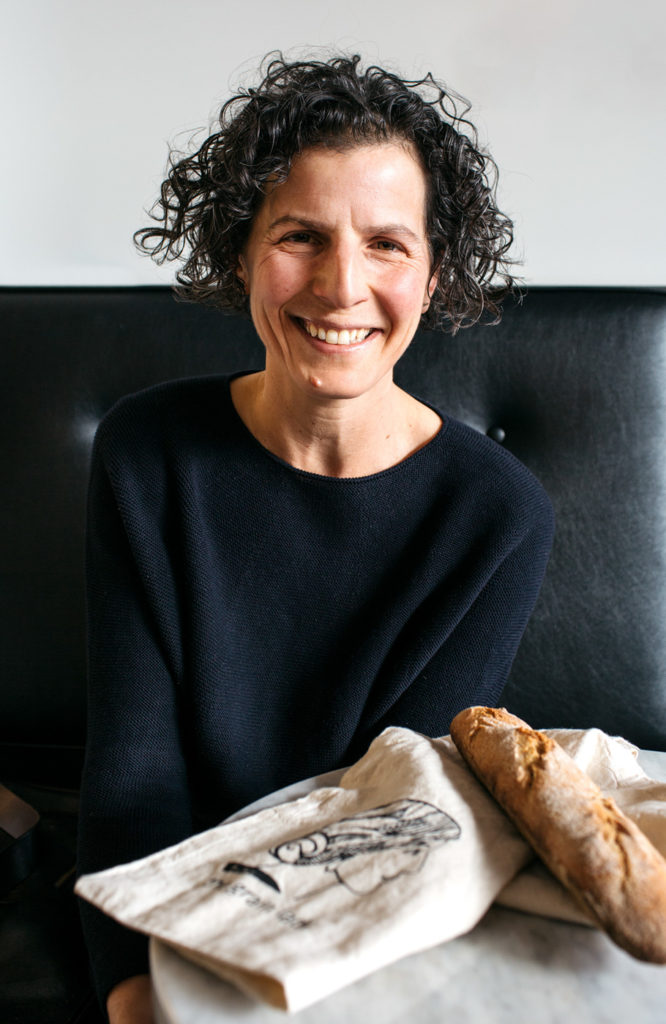
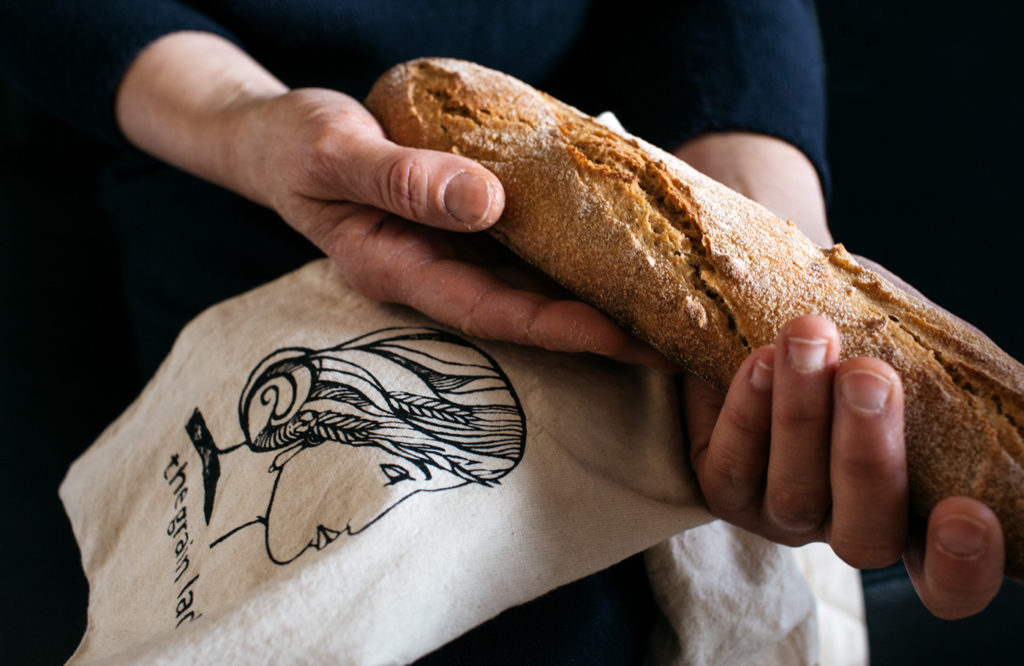
Choosing to grow heirloom grains isn’t the problem. “The harvesting, storing, cleaning, milling—that’s been the challenge,” Esposito underscores. Especially for potato, legume or vegetable farmers (who use grains as a rotational “throw-away” crop to balance nutrients in the soil), growing grains can be a refreshingly hands-off experience. You simply plant it and harvest it at the end of the season—a two-man job, at small scale.
“It’s a chicken or the egg dilemma,” Esposito explains. “Growers want proof that there is market demand, but you can’t go to the market until you have a product. That’s why we started the Colorado Grain Chain—to facilitate relationships. If we can connect someone with a bagel company with someone growing heirloom grains, those individual contracts can help build the market.”
Both Whitaker and Clark currently employ the model Esposito describes, individually contracting with farmers to source the quality of grain they require. Yet working with heirloom grains is far less predictable than a standard bag of King Arthur or other name-brand flour, which remain consistent by blending wheat from multiple years or regions of growers. When Moxie Bread Co. switched over to using one hundred-percent heirloom grain, Clark soon found himself in unexplored territory.
“We work primarily with a single Kansas family farm. The first year’s crop was thirteen percent protein. The following year—on the same land, same treatment—was 9.8 percent protein, which is borderline unusable. At that point, I had never made successful bread [with flour] below 10.5 percent.” That family farm was counting on Clark and his bakery to buy their product, and he was relying on them to provide organic, flavorful nutrient-dense grain.
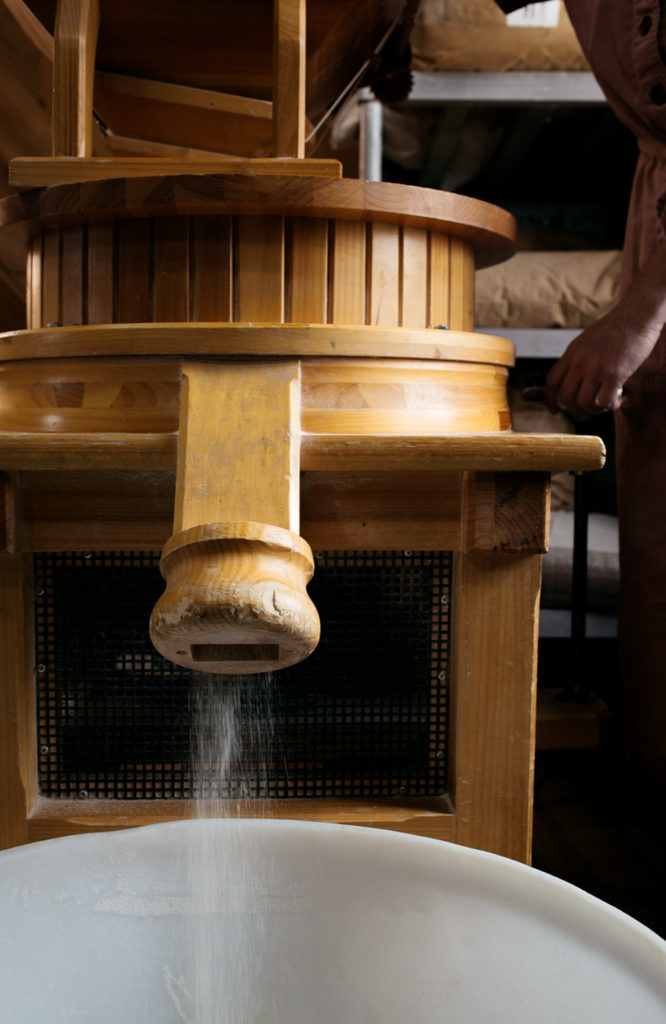
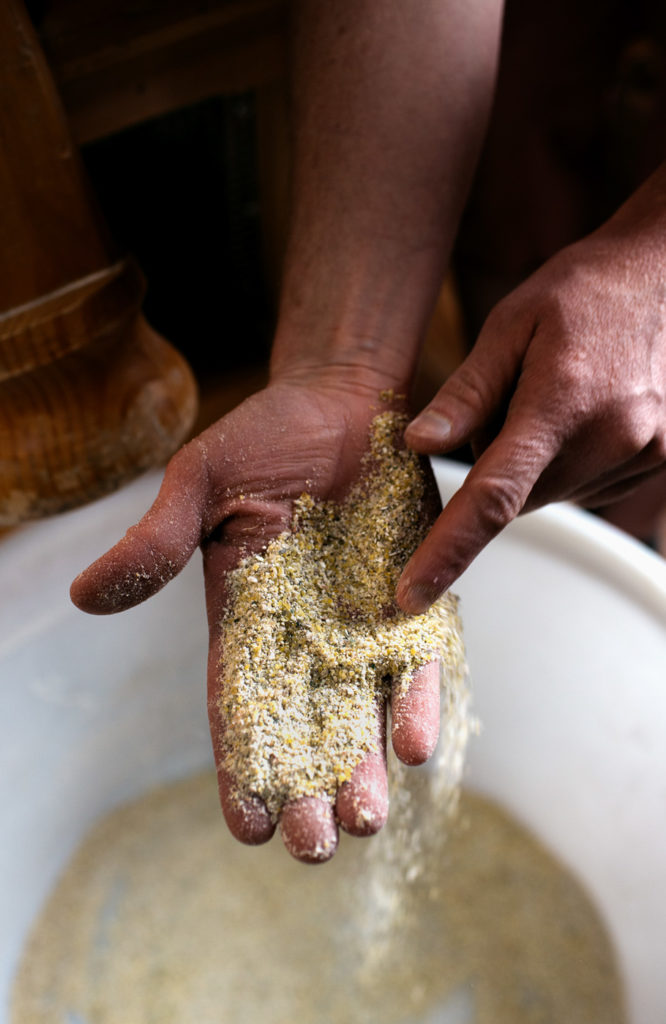
Luckily, after letting the grain “sweat” for a month, Clark’s team of bakers discovered the low-protein grain was not only passable, it was among the best wheat they had ever milled for flour. “There’s always a difference between one year and the next year, between winter wheat and summer wheat,” Clark explains. “It’s like buying wine. 2002 might be terrible, but 2008 could be your best crop yet. So the future of heirloom grain may be blending different crops, which is what you see in the commodity grain industry.” Clark also underscored that working with heirloom grains requires bakers and chefs to be willing to learn new skills and pay greater attention to the process, rather than relying on recipes where you can simply plug in your ingredients and yield the same results.
Whitaker echoes that experience of variability: “Even the most talented people on my team initially rejected the idea of inconsistent flour. It’s a big R & D process. Even with making noodles [rather than bread], there’s a complexity in getting the right mouthfeel.” In further explaining his experience with freshly-milled, heirloom grains, Whitaker describes them as “living, vibrant products,” as opposed to “dead” shelf-stable flours. He sees their variability as an asset, but notes, “The idea that you can always add one cup flour to two cups water—that’s out the window.”
Despite the unexpected challenges that working with heirloom grain presents, for both Clark and Whitaker, the benefits far outweigh the risks of working with a variable product. For Clark, it was simply that he couldn’t ignore the writing on the wall: “I realized I couldn’t live with contributing negatively to anyone’s health. And if I can contribute positively, feed you, sustain you—that’s pretty profound.”
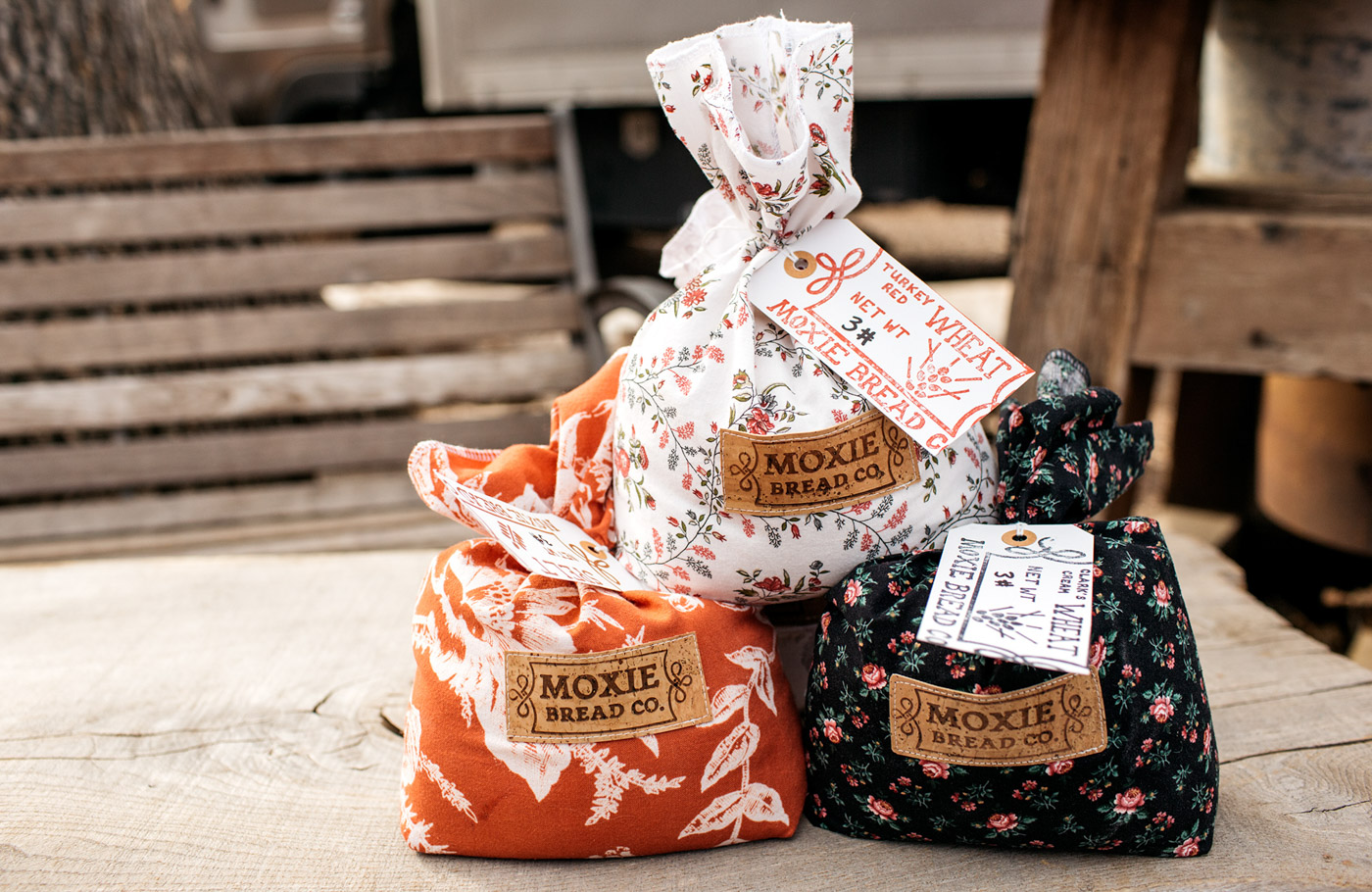
Whitaker also finds the deep history of these products to be a source of inspiration. “It’s foundational food, a civilization food,” he says. “That’s what makes it so exciting to think about.” He sees grain through the same lens as wine, cheese or other regionally-specific food products. “We’re currently working with a farm above seven thousand feet in the San Luis Valley. I’ve tasted [the same] grain grown there and in Boulder County, and it’s different. I’m [focused on] flavor first, so what I want to understand is the terroir of grain and how a guest can experience that nuance.”
As an educator, Esposito also suggests her students view heirloom grain like they would other high-quality ingredients. “In the ultimate whole-grain pantry, there would be no pre-milled flour. It’s a lot like coffee—you have to think about, ‘When was this roasted? When was this ground?’ You can taste the difference in flavor and texture.” Both Clark and Esposito are huge proponents of small-scale grain mills like the Mock Mill or Komo, as grains purchased whole have an all-but-indefinite shelf life. “I’m still working through some Turkey Red from 2017,” Esposito laughs.
Yet heirloom grains can offer more than health benefits and compelling flavors. “A bushel of commercial, conventional wheat goes for about five dollars, which was the same price it got in 1975,” Clark emphasizes. “Diesel, labor cost—the other inputs aren’t the same. For farmers, the opportunity with value-added, heirloom crops is to earn more than six times their current profit per bushel.”
Whitaker has seen this economic reality at work: “There’s a group called rePlant Capital [based in Boulder and Oakland], and they have maps of organic farms throughout the U.S. If you look at the Midwest, these farms are growing in clusters. It’s all about neighbors telling neighbors, and their seeing the value in it. I’m hoping the neighbors of the farm I work with will see the value of what we’re doing and that the word will spread.”
Of course, getting the largest grain growers in our economy to switch to heirloom (or even organic) grain may remain a long road. But in the meantime, there’s incredible value in rebuilding local grain economies. “When growers can see their grain being used at a local bakery or restaurant, they get feedback and can see the results,” Esposito shares. “When we have those relationships, we can collectively adapt and learn how to troubleshoot—but it requires a desire to think, rather than to simply punch things into the same recipe.”





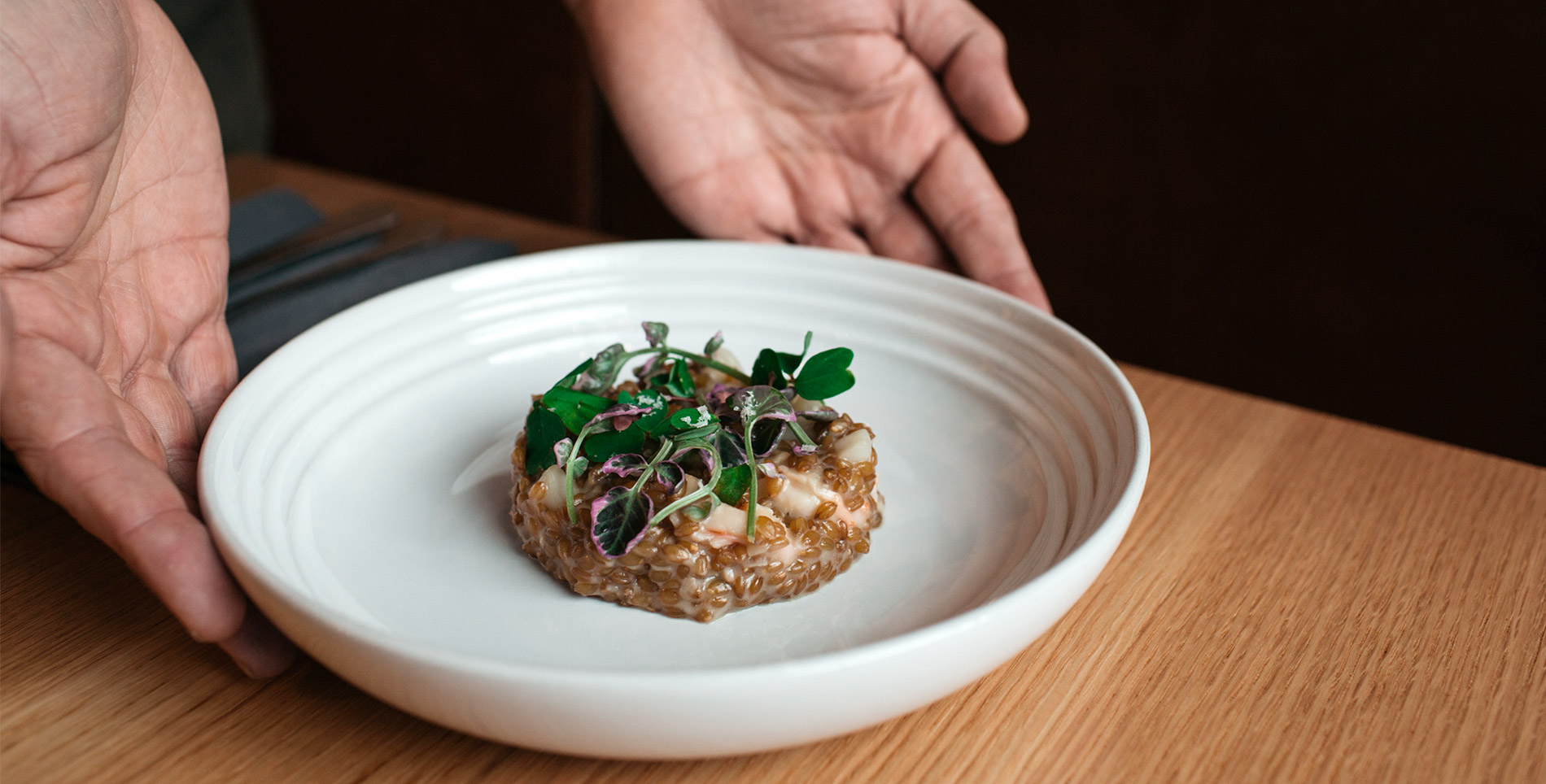

Our comments section is for members only.
Join today to gain exclusive access.